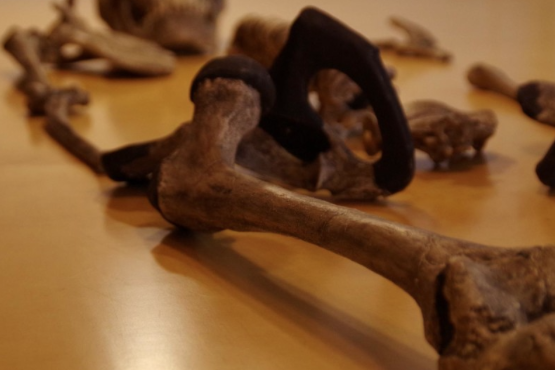Researchers at the Universities of Cambridge and
Tübingen in Germany published findings last week that suggest our earliest ancestors showed notable diversity in body size and type.
Using tiny fossil fragments to estimate the height and body mass index of samples from Kenya, Tanzania, South Africa and Georgia, the researchers found that human heights varied widely across different regions of the world during the Pleistocene epoch, between 2.5 and 1.5 million years ago, ScienceDaily reports. "If someone asked you 'are modern humans 6 foot tall and 70kg?' you'd say 'well some are, but many people aren't,' and what we're starting to show is that this diversification happened really early in human evolution," said Dr. Jay Stock, co-author of the study published in the Journal of Human Evolution.
The joint study was the first in 20 years to examine body size during this historical period, revisiting long-held generalizations about a single human lineage developing larger body types and dispersing out of Africa into Eurasia.
Stock said the new findings can be interpreted to support the idea of multiple early human species (Homo habilis, Homo ergaster and Homo rudolfensis) or one diverse species ranging anywhere from 4.8 feet tall to almost 6 feet.
The study revealed the shift to larger humans is traceable to the Koobi Fora region in northern Kenya around 1.7 million years ago, tens of thousands of years after Homo erectus left Africa. Contrasted with the existence of small-bodied people at the Dmanisi site in Georgia (southern Europe) around 1.77 million years ago, the findings point to new lines of inquiry that will consider how regional conditions drove evolutionary growth in early humans.
Read the full ScienceDaily story
here. 
 Jay Stock /ScienceDaily
Jay Stock /ScienceDaily